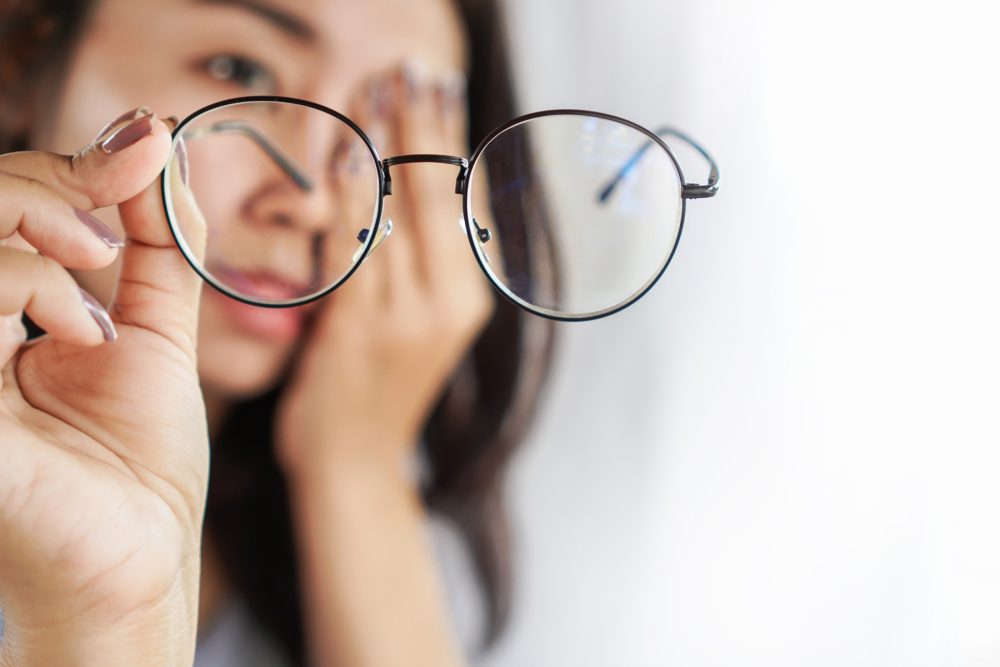Advertisment
Oyster Point Pharma announces FDA approval of Tyrvaya nasal spray for the treatment of the signs and symptoms of dry eye disease

Oyster Point Pharma, Inc. announced that the FDA has approved Tyrvaya (varenicline solution) Nasal Spray 0.03 mg for the treatment of the signs and symptoms of dry eye disease. Tyrvaya Nasal Spray is the first and only nasal spray approved for the treatment of dry eye disease.
Tyrvaya Nasal Spray is believed to bind to cholinergic receptors to activate the trigeminal parasympathetic pathway resulting in increased production of basal tear film as a treatment for dry eye disease.
Tyrvaya Nasal Spray was studied in the ONSET-1, ONSET-2, and MYSTIC clinical trials in over 1,000 patients with mild, moderate or severe dry eye disease. In ONSET-1 and ONSET-2, the majority of patients were female (74%), the mean (standard deviation [SD]) age was 61 (12.5) years, the mean (SD) baseline anesthetized Schirmer’s score was 5.1 mm (2.9), and the mean (SD) baseline eye dryness score (EDS) was 59.3 (21.6). Use of artificial tears was allowed during the studies. Enrollment criteria included minimal signs [i.e., anesthetized Schirmer’s score (range, 0-10 mm) and corneal fluorescein staining (range, 2-14)] and enrollment was not limited by baseline EDS (range, 2-100).
Basal tear production was measured by change from baseline in anesthetized Schirmer’s score, based on a test that utilizes calibrated filter paper to wick tears and measure tear volume. Eye dryness was measured by change from baseline in Eye Dryness Score, a visual analogue scale where patients rated their level of eye dryness discomfort, with a greater reduction in score indicating greater symptom relief. Eye dryness score was evaluated both in the Controlled Adverse Environment (CAE) and in the clinic environment.
Tyrvaya-treated patients showed statistically significant improvements in tear film production as assessed using the anesthetized Schirmer’s score (0-35 mm) at Week 4. Of the patients treated with Tyrvaya 52% achieved greater than 10 mm increase in Schirmer’s score from baseline in the ONSET-1 study, and 47% achieved greater than 10 mm increase in Schirmer’s score from baseline in the ONSET-2 study, compared to 14% and 28% of vehicle-treated patients in the ONSET-1 study and the ONSET-2 study, respectively at Week 4 (p<0.01 in both studies). Of the patients treated with Tyrvaya, the mean change in Schirmer’s score was 11.7 mm and 11.3 mm as compared to 3.2 mm and 6.3 mm in the vehicle treated patients in the ONSET-1 study and ONSET-2 study, respectively at Week 4.
In the Controlled Adverse Environment (CAE), in ONSET-1 the observed mean change from baseline in Eye Dryness Score at week 3 was -16.0 mm in Tyrvaya-treated patients (n=45) compared to -4.4 mm in vehicle- treated patients (n=42). This endpoint was met (p0.05). In the clinic environment, in ONSET-1 the mean change from baseline in Eye Dryness Score at week 4 was -18.9 mm in Tyrvaya-treated patients (n=46) compared to -5.4 mm in vehicle-treated patients (n=43). This endpoint was met (p=0.01). In ONSET-2, the mean change from baseline in Eye Dryness Score at week 4 was -19.8 mm in Tyrvaya-treated patients (n=255) compared to -15.4 mm in vehicle-treated patients (n=248). As the CAE endpoint was not statistically significant, this secondary endpoint was not eligible for statistical testing and was not met. The most common adverse reaction reported in 82% of patients was sneezing. Events that were reported in 5- 16% of patients were cough, throat irritation, and instillation-site (nose) irritation.





